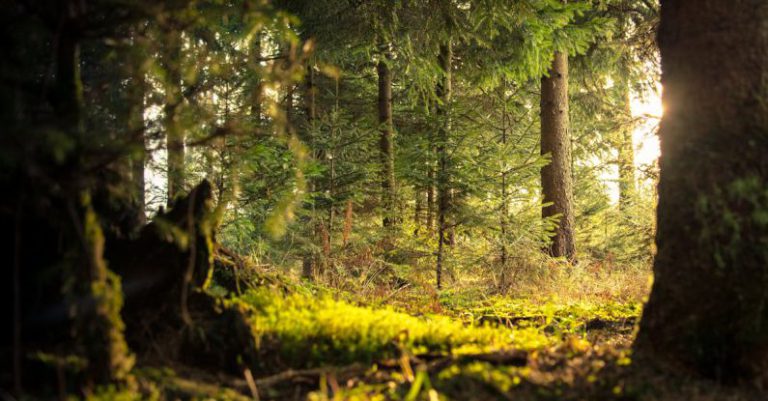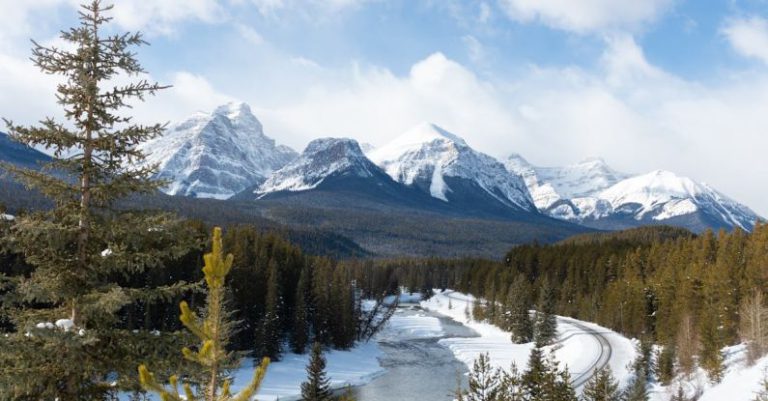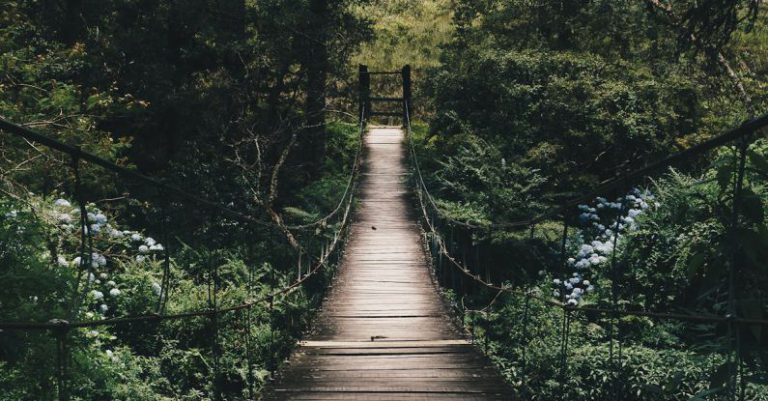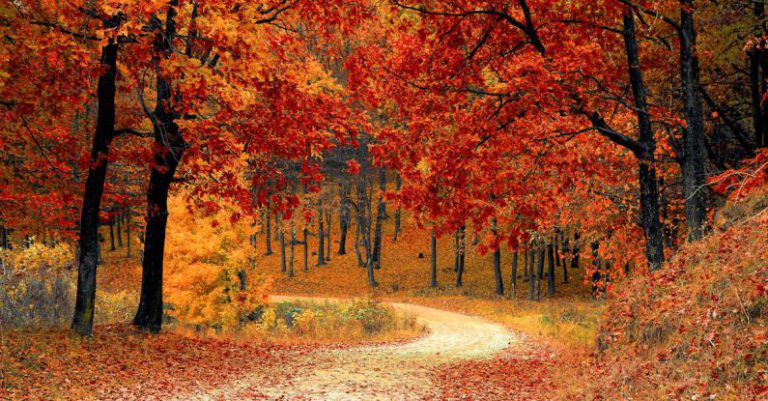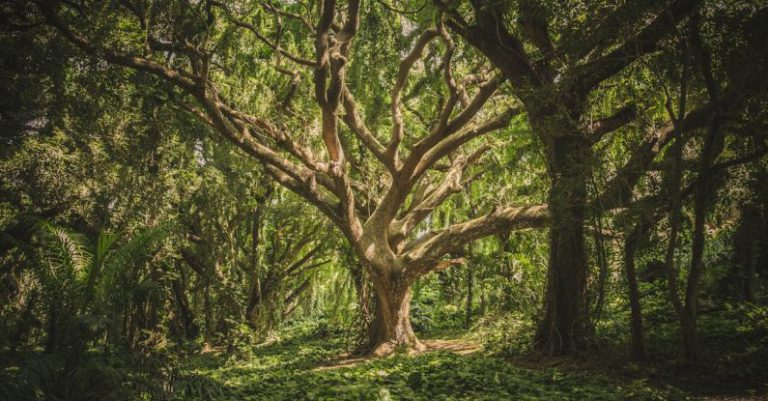
Preserving Forests While Hiking
When embarking on a hiking adventure, it’s important to remember that we are entering the home of diverse ecosystems and wildlife. As outdoor enthusiasts, it is our responsibility to ensure that our presence has minimal impact on these natural habitats. By following some simple guidelines and adopting sustainable practices, we can help preserve forests and ensure that future generations can also enjoy the beauty of the great outdoors.
Leave No Trace
One of the fundamental principles of responsible hiking is to leave no trace. This means that we should strive to leave the environment exactly as we found it, or even better. Always pack out whatever you pack in, including trash, food waste, and any other items. Take care to dispose of waste properly in designated bins or carry it out with you if necessary. Leaving no trace helps to maintain the cleanliness and natural beauty of the forest for others to enjoy.
Stick to Designated Trails
When hiking through forests, it is essential to stay on designated trails. Straying off the path can cause damage to fragile vegetation and disturb wildlife habitats. By sticking to established trails, we can minimize our impact on the surrounding environment and help protect the delicate balance of the ecosystem. Additionally, following designated trails ensures our safety and helps prevent getting lost in unfamiliar terrain.
Respect Wildlife
Encountering wildlife while hiking can be a thrilling experience, but it is crucial to respect the animals and their natural behavior. Keep a safe distance and avoid approaching or feeding wildlife. Remember that we are guests in their home, and it is our responsibility to observe from a distance without causing any disruption. By respecting wildlife, we can help maintain their natural behaviors and ensure their well-being in the forest.
Minimize Noise Pollution
The tranquil sounds of nature are an integral part of the hiking experience. Minimize noise pollution by keeping conversations at a reasonable volume and refraining from playing loud music. Excessive noise can disrupt the peace of the forest and disturb wildlife, causing stress and altering their behavior. By keeping noise levels to a minimum, we can preserve the serenity of the environment and allow others to enjoy the sounds of nature.
Practice Fire Safety
Campfires are a common activity while hiking, but it is essential to practice fire safety to prevent accidental wildfires. Check for any fire restrictions in the area and use designated fire pits if available. Always fully extinguish fires before leaving the site and never leave them unattended. By being mindful of fire safety practices, we can help protect the forest from the devastating effects of wildfires and ensure the safety of ourselves and others.
Support Conservation Efforts
Many organizations and initiatives are dedicated to preserving forests and protecting natural habitats. Consider supporting these conservation efforts through donations, volunteering, or spreading awareness. By actively participating in conservation activities, we can contribute to the long-term sustainability of forests and help protect them for future generations to enjoy.
Conclusion:
Safeguarding the natural beauty of forests while hiking is a collective responsibility that each of us shares. By following these simple guidelines and adopting sustainable practices, we can help preserve these valuable ecosystems for generations to come. Let’s continue to explore the wonders of the great outdoors while also taking steps to ensure that our impact is minimal and respectful towards the environment.
